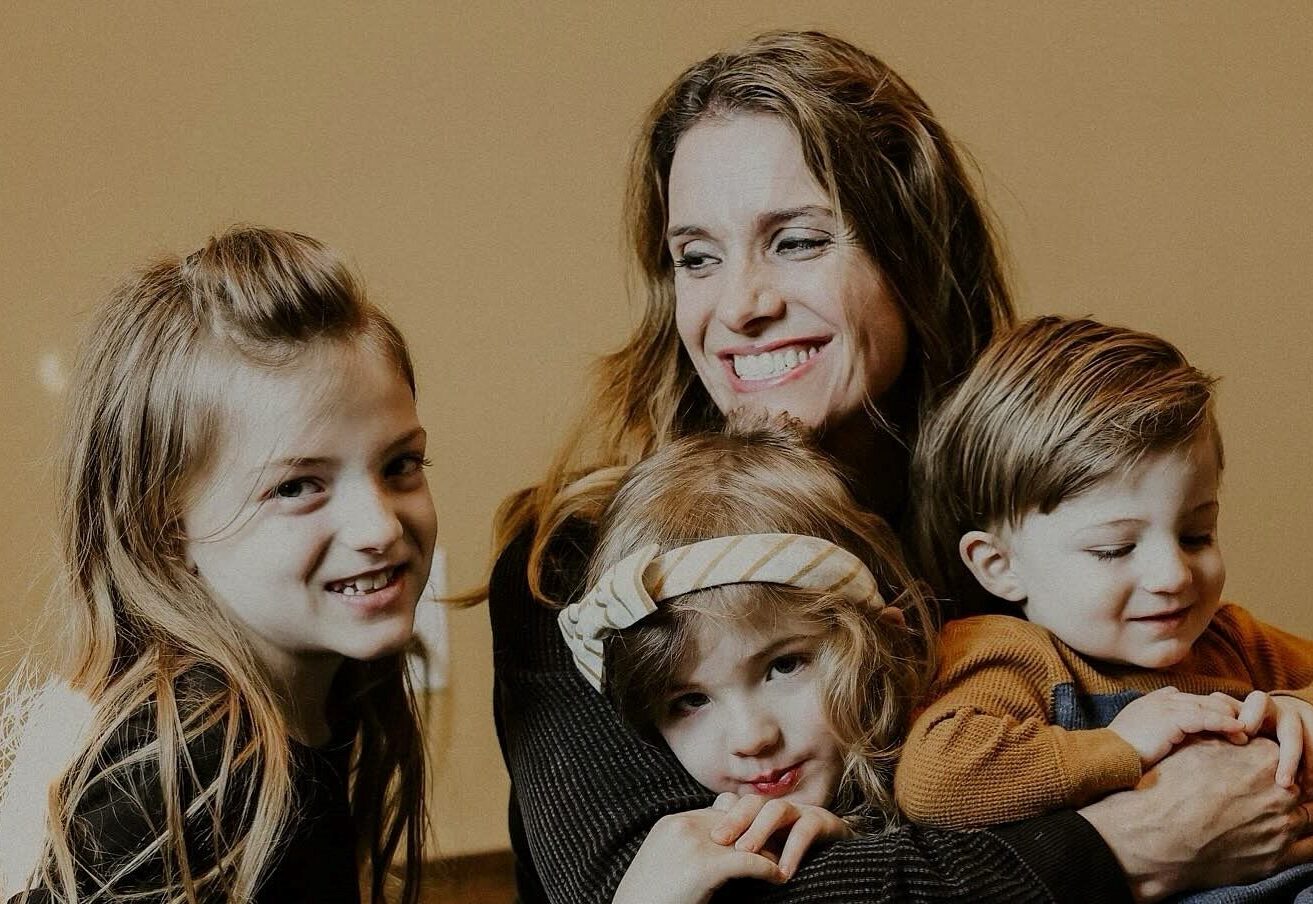Most moms understand the importance of getting along with others and forming friendships. Yet, they don’t really know where to start in helping their children learn how to form these valuable relationships. In the book, Parents Do Make a Difference, author Michele Borba, EdD explains how to teach your children social skills.
Identifying Strengths and Weaknesses
According to Borba, the first step is to identify the social strengths and weaknesses of your children. Observe how your kids interact with others and notice such things as whether or not they have a willingness to join others; have many friends; and are cooperative, empathetic and polite.
Red Flags
Warning signs include a child not waiting his turns; not having many friends; being a poor loser; not sharing toys with others; not understanding proper personal space (standing too close or too far from others); always wanting his own way; using a whiney, unfriendly or loud voice; being overly-critical; being unskilled in initiating or continuing a conversation; never compromising; not using eye contact; or quitting a game before it is over.
Teaching Children How to Make Friends
Teach your children basic social skills and have them experience the trials and errors of relating to others. According to Borba, “Child psychologists find that popular kids have one thing in common: they have learned the skills of social competence at an early age.”
Borba suggests first focusing on the skills your child lacks and then choosing one area to work on at a time. Privately coach your child on this skill — by modeling and explaining the importance of the correct behavior, then by having the child demonstrate it. Give the child opportunities to practice this new skill, preferably with other children he doesn’t already know and are younger (or less skilled) than him, then provide feedback on how the interactions went.
You can also help foster friendships by arranging for one-on-one play times with new friends, encouraging your children to participate in activities they enjoy (and thereby meeting children with similar interests), providing interactive toys and teaching conversation openers. Teach your children how to encourage others (such as praising teammates for a good game) by helping them identify positive phrases (i.e. “Great idea!” or “Nice try!”) and even practicing those phrases within the home.
Encouraging Good Manners
Many children today do not follow simple courtesies when dealing with others, and mothers need to make sure children are practicing their basic “please’s” and “thank you’s.” Good manners are not only important in making friends, but will also help them in school and work. Borba says, “…people in the business world clearly tell us that their first interview choices are those applicants displaying good social graces.”
Borba suggests helping children learn good manners by modeling politeness and using words such as “please,” “thank you” and “excuse me”; discussing the importance of good manners; teaching a new manner each week; privately correcting impoliteness; and practicing table manners in the home.
Teaching Children How to Handle Rude People
Children will eventually meet others who will be mean to them, bully them or tease them. Statistically, bullying and teasing are increasingly common problems among children, and one study estimated that every school day there are 160,000 children who are missing school due to their fear of attack from schoolmates.
While moms can’t always prevent their children from being bullied or the pain caused by it, they can help their children learn how to handle it. Borba suggests three different tactics that children can employ to deal with bullies. First, children can try to stay calm and not react to the teasing (possibly by mentally counting to ten or telling themselves to calm down). Often, the bullies are seeking a dramatic, emotional response, and children who begin crying or name-calling back will only feed this attack.
Second, Borba suggests that children ignore the teasing. She acknowledges that this isn’t easy to do, but children who have tried this technique say that what has worked for them is pretending the bully is invisible, quickly looking away and laughing, looking like it doesn’t bother them, staying quiet or looking completely uninterested.
The third technique involves using comebacks. Borba warns that children should not use this in a way that is teasing back or is aggravating, but should simply be used as a way to throw off the bully. She also warns against using any comeback when the bully’s threats are serious or leading to physical aggression. However, for most teasing, this technique may help a child. For example, “Thanks for telling me,” “And your point is?” and “Really?” are simple lines a child can say as a comeback. Borba says that children should rehearse these lines so they are confident in saying them, and when delivered should be said calmly, yet assertively. After the comeback, the child should simply walk away.
Borba summarizes the importance of social skills by saying, “Friends play an enormous part in the development of children’s self-esteem. If we want our kids to become their personal best, it’s essential to improve their ability to get along well with others.”
This article is based on the book, Parents Do Make a Difference: How to Raise Kids with Solid Character, Strong Minds, and Caring Hearts, by Michele Borba, EdD.








